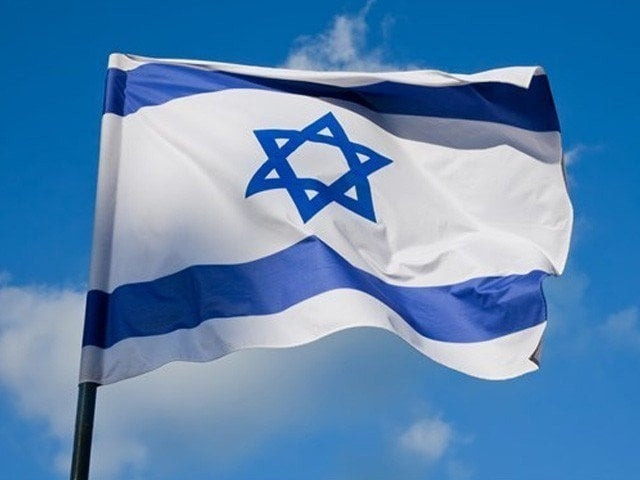
Israel is created in May 1948, formed out of British-ruled Palestine three years after the end of World War II, when the Nazis killed more than six million Jews.
Israel immediately comes under attack by its Arab neighbours but repulses them. More than 760,000 Palestinians are driven out or flee, becoming refugees.
In 1956, Israel attacks Egypt alongside Britain and France, which are seeking to overturn the nationalisation of the strategic Suez Canal.
They eventually withdraw under pressure from both the United States and the then Soviet Union.
In June 1967, Israel wins a crushing victory over its Arab neighbours in the Six-Day War, seizing the West Bank, including east Jerusalem, from Jordan, the Golan Heights from Syria, and the Gaza Strip and the Sinai Peninsula from Egypt.
The winding road to power in Israel: How elections work
In 1973, Egypt and Syria launch a surprise attack on the Jewish holiday of Yom Kippur to try to win back their lost territories, but are repulsed.
In 1978, Israel and Egypt agree on peace terms after talks brokered by the United States. The Camp David accords are the first peace agreement between Israel and an Arab state.
They are signed in 1979 by Israeli Prime Minister Menachem Begin and Egyptian President Anwar Sadat, who is assassinated two years later by militants opposed to the deal.
A second peace accord, with Jordan, will follow in 1994.
In 1978 and again in 1982, Israel invades civil war-wracked Lebanon in a bid to halt cross-border attacks by Palestinian militants. Israeli-backed Lebanese militias kill hundreds of civilians in the Sabra and Shatila Palestinian refugee camps.
Israeli troops remain in southern Lebanon until 2000.
In 2006, after the abduction of Israeli soldiers by militant group Hezbollah, Israel launches a devastating offensive in Lebanon.
The first Palestinian intifada, or uprising, erupts in 1987.
It ends in 1993 when Israel agrees to limited Palestinian autonomy in the West Bank and Gaza as an interim step towards a comprehensive peace agreement.
The deal is sealed with an historic handshake between Palestinian leader Yasser Arafat and Israeli Prime Minister Yitzhak Rabin, who is assassinated two years later by a Jewish extremist.
The second intifada breaks out in 2000 when right-wing Israeli opposition leader Ariel Sharon pays a provocative visit to the Al-Aqsa mosque compound in annexed east Jerusalem.
The Israeli army reoccupies much of the West Bank in a series of large-scale military operations and begins building a separation barrier between the two communities that in places cuts deep into occupied territory. The intifada ends in 2005.
In 2005, Israel withdraws all troops and settlers from Gaza after 38 years of occupation. It imposes a crippling blockade after Hamas seizes control in 2007.
Trump says he made Golan Heights decision after a quick history lesson
In November 2012, it kills a top Hamas commander in a missile strike, triggering eight days of violence in which more than 170 Palestinians and six Israelis are killed.
In 2014, Israel launches a new operation against Gaza, in which 2,251 Palestinians and 74 Israelis are killed.
In 2015, Prime Minister Benjamin Netanyahu, in office since 2009, forms a new government considered the most right-wing in Israeli history.
In December 2017, US President Donald Trump recognises Jerusalem as Israel's capital, a declaration condemned by the Palestinians who regard east Jerusalem as the capital of their future state.
In May 2018, Washington transfers its embassy to Jerusalem on the 70th anniversary of Israel's creation.
In March 2019, Trump formally recognises Israel's 1981 annexation of the Golan Heights, again breaking with decades of international consensus.


















COMMENTS
Comments are moderated and generally will be posted if they are on-topic and not abusive.
For more information, please see our Comments FAQ